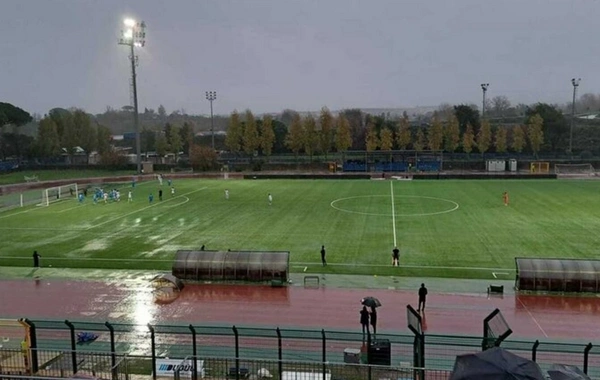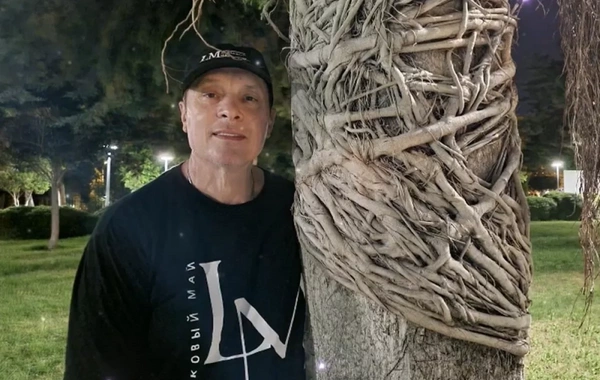# The Most Tragic TikTok Trends with Fatal Outcomes

Below is an overview of some of the most tragic cases related to viral challenges and trends on TikTok and related social networks that resulted in fatalities. The article is compiled based on open sources; it is possible that some details are not definitively confirmed, but everything presented comes from news reports, lawsuits, and investigations.
What are dangerous trends?
By "dangerous" trends, we typically mean challenges in which people:
1. Deliberately restrict oxygen supply (suffocation, strangulation, "blackout" games, etc.);
2. Consume medications or substances exceeding dosages to induce hallucinations or other altered states of consciousness;
3. Participate in extreme stunts (at heights, with cars, with unforeseen risks of falling, impact, etc.);
4. Conduct live streams where they subject themselves to physical violence or risk, or become victims of third parties, using "lives" as a platform for crimes.
Such challenges often appear harmless, especially to children and teenagers who love to imitate popular content, but the consequences can be fatal.
Some particularly tragic cases.
Below are stories of specific people, names, surnames, with brief descriptions.
The "Blackout Challenge" / "Choking Game" challenge - this is one of the most well-known trends, in which participants deliberately strangle themselves (or use makeshift objects) to deprive themselves of oxygen until loss of consciousness.
Nyla Anderson - a 10-year-old girl from Pennsylvania. Nyla attempted to complete the Blackout Challenge: she hung her mother's bag and pulled a strap over her shoulder, placing her head between the strap and shoulder, which led to suffocation. She was found unconscious, taken to the hospital, but died five days later.
Arriani Arroyo - a 9-year-old girl from Milwaukee. Attempted the "blackout challenge," strangulation, followed by loss of consciousness; was retrieved and taken to the hospital, but died.
Lalani Erika Walton - an 8-year-old girl from Texas. Walton also died attempting to complete the Blackout Challenge.
Archie Battersbee - a 12-year-old boy from the United Kingdom. The family and media linked his death to a similar dangerous online trend, but the coroner stated there was no evidence that the Blackout Challenge was specifically the cause.
Isaac Kenevan, Julian "Jules" Sweeney, Maya Walsh - three more teenagers from Britain whose families filed lawsuits against TikTok, claiming that the children died after participating in risky challenges related to restricting breathing.
Other types of deadly trends
Besides the "blackout," there are other, less frequent but equally tragic trends:
Benadryl Challenge - a competition where participants consume large doses of the antihistamine Benadryl to induce hallucinations or blackout.
One case is Jacob Stevens, a 13-year-old teenager from Ohio, who died after several days in intensive care.
Live streams with violence or murder:
Valeria Marquez - a 23-year-old influencer, was conducting a live stream at her beauty salon in Zapopan when a stranger, pretending to be a courier, burst in and shot her. The stream was stopped after the shots, but the video and the fact of the stream made the event particularly shocking.
Ashur Sarnaya - a person living in France, in a wheelchair, was attacked during a TikTok stream on Christian themes and died.
Suicides or deaths caused by cyberbullying:
Rajeswary Appahu (known as Esha) - a Malaysian social media personality. After prolonged online harassment, cyberbullying and persecution, committed suicide.
Chris O'Donnell (Creeohdee) - a fitness influencer. Although there is no direct connection to a challenge trend, he was active on TikTok, and his death was determined to be suicide due to mental health issues.
People.com
Factors exacerbating risks
From analyzing these cases, it is clear that there are several recurring circumstances that make such incidents more likely:
Age: most victims are children or teenagers, often younger than fourteen; they are less experienced in assessing risk, often more impressionable.
Accessibility of trends through algorithms: many parents claim that dangerous content is shown on the "For You Page" without requests, the child simply encounters it by chance.
Social pressure, desire to "be trendy": teenagers imitate others, are driven by likes and views.
Insufficient awareness of danger: many do not realize that the "game" can quickly spiral out of control.
Poor control by platforms / insufficient moderation measures: removal of hashtags or warnings often lags behind, trends spread faster than they are blocked.
What is being done / what proposals exist
In response to these tragedies:
1. Families of the deceased are filing lawsuits against TikTok / ByteDance, accusing the platform of inadequate moderation and responsibility for algorithmic distribution of dangerous content.
2. Platforms are implementing bans on certain hashtags, warnings, increasing moderation of content related to violence or self-harm attempts.
3. Child protection and healthcare organizations are calling for educational programs, work with parents, psychologists, schools, so that children understand the risks.
Social networks and TikTok trends are a double-edged sword: they provide opportunities for creativity, self-expression, interaction, but also carry risk, especially if content encourages or romanticizes dangerous actions.
It is important to:
talk about these tragedies openly to make them visible;
strengthen control and platform accountability;
increase digital literacy, especially among children and teenagers;
parents, schools, communities - monitor, discuss, warn.
Similar News
Media: Ukraine agreed to Trump's peace plan conditions
In the US, they stated that Ukraine has agreed to the American plan for conflict settlement. As BAKU.WS reports, this was announced by CBS with reference to an...




 Azərbaycanca
Azərbaycanca  По-русски
По-русски  English
English 





